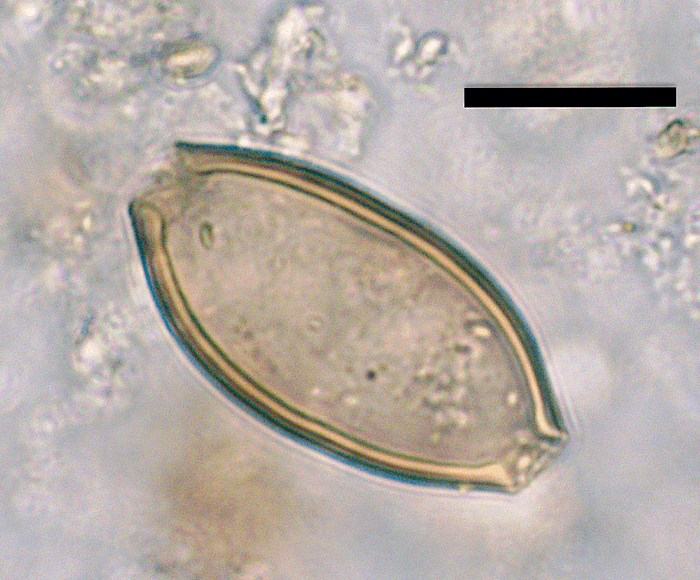If you’ve ever wondered how Ancient Romans answered the call to nature, look no further. A new study shows that identifying intestinal species in 1,500-year-old pots allowed scientists to determine which ones were actually chamber pots — or portable toilets.
“Conical pots of this type have been recognized quite widely in the Roman Empire and in the absence of other evidence they have often been called storage jars. The discovery of many in or near public latrines had led to a suggestion that they might have been used as chamber pots, but until now proof has been lacking,” explains Roger Wilson, a professor in the University of Cambridge’s department of classical, Near Eastern and religious studies, in a statement. Wilson directed the Gerace archaeological project in Sicily where the pot was found.
Archaeologists studied crusty material from the inside of a ceramic pot dating back to the fifth century from a Roman villa site in Sicily, Italy. The team used microscopic techniques to identify potential intestinal parasites and found eggs belonging to whipworm — a five-centimeter species that live in the human species and pass on in feces.
While 1,500 years had passed, the eggs stayed preserved because of minerals from urine and feces built up in layers on the inner surface of the pot creating a hard solid mass after repeated use.

“This pot came from the baths complex of a Roman villa. It seems likely that those visiting the baths would have used this chamber pot when they wanted to go to the toilet, as the baths lacked a built latrine of its own. Clearly, convenience was important to them,” explains Piers Mitchell, the parasites expert who led the study in the laboratory. “Where Roman pots in museums are noted to have these mineralized concretions inside the base, they can now be sampled using our technique to see if they were also used as chamber pots.”
The technique will only work if at least one of the people using the chamber pot was infected by intestinal parasites. Although if Romans were commonly infected with intestinal parasites, there is a high chance the approach will identify most chamber pots if crust deposits were preserved.
The study is published in the Journal of Archaeological Science: Reports.

This web page won’t display appropriately on my droid – you may wanna try and fix that